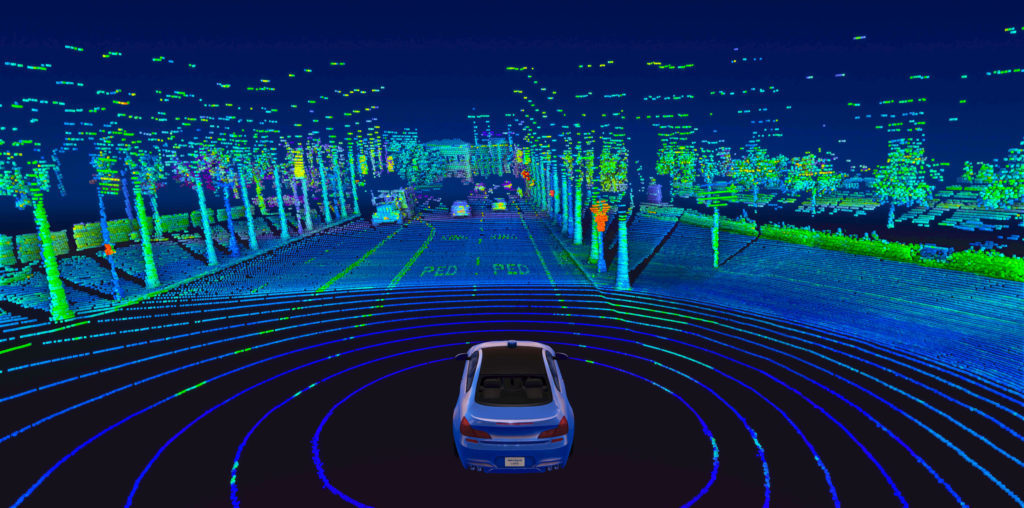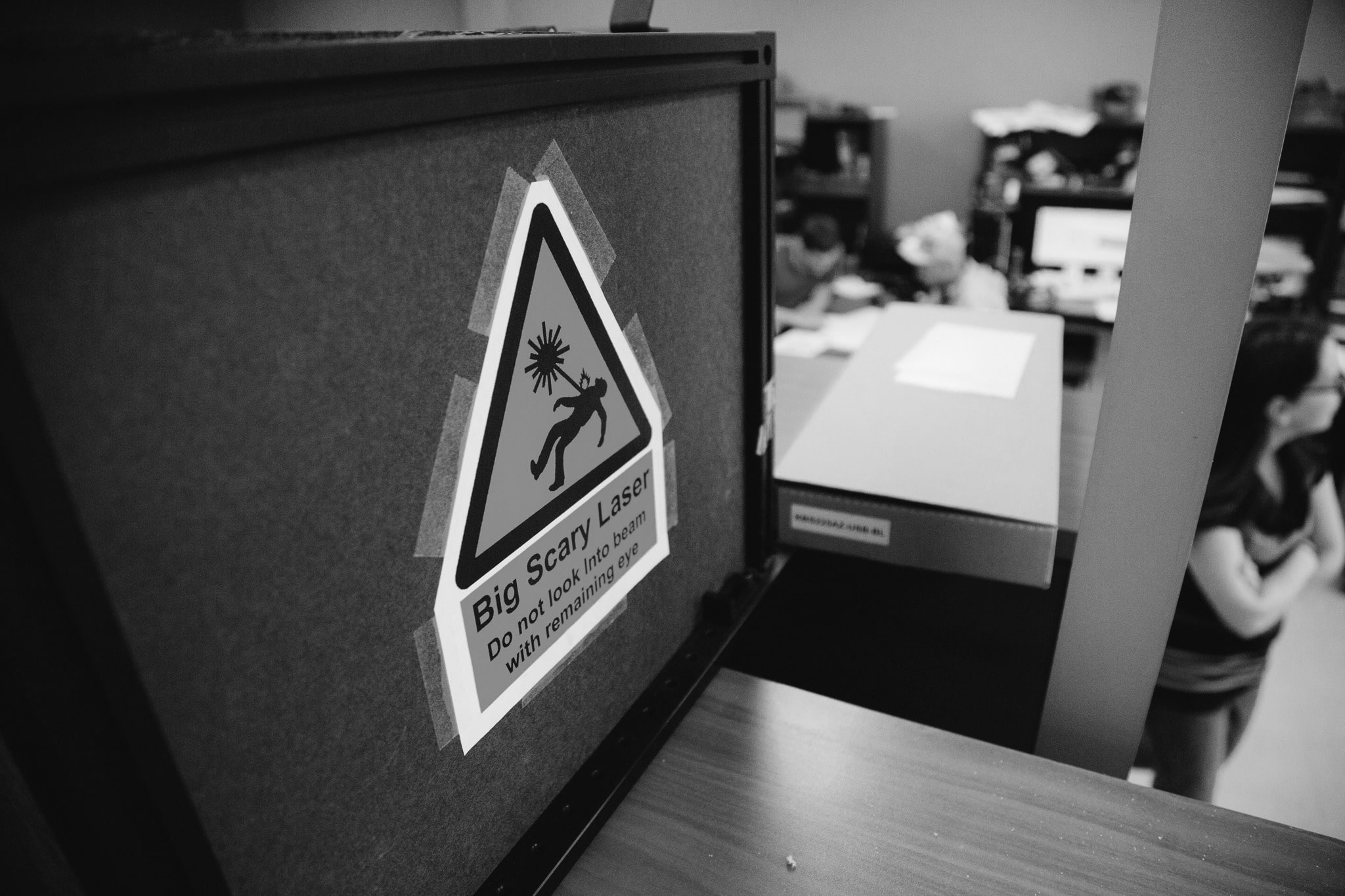905nm lasers pass through the cornea into the retina and so the FDA limits the power of 905nm lasers sold to the public. 1550nm lasers cannot pass through the cornea and so the FDA doesn't restrict them in the same way, therefore they can run MUCH MUCH more powerful capacitor-driven laser bursts (IIRC on the order of like 100,000 watts in nanosecond pulses). This gives them substantially improved range and ranging performance. 905nm is also visible to night vision so the military isn't much interested in rangefinders that would give away your position to a near-peer in the dark. 1550nm laser systems are more expensive but are clearly superior if you have the coin, but neither system being discussed in this thread is a 1500nm-class product.
1) yes to driving lasers and in this case the laser diodes (and there are the surface diod lasers with a more uniform beam pattern). So lasers i have used were never pulsed and needed to be current and really thermally stable, aka current source them and leave them on for a bit to get out of power on thermal transient. They were used for nano meter precision on things like wafer step and repeat, and mask making machines for IC mems stuffs. Those used interferometry. And then basic time of flight for large scale position.
A) I was hoping an optrician would get on and explain the optics, and you can buy 1550 nm laser diods on digikey, i am interested to swap them out but don't have the money to break what i have
B) yes driving it (lets get sidetracked another day on modifying like a mawl driver outputs....aka has to have been tried somewhere need link if it exists), but follow data sheet for a pulsed diode laser should be easy mod, if you can open them, I do not have enough money to break what I have

2) laser safety, i have never certified products in this area and sticking with USA FDA, what I have read and understand if you certify a laser focal point at 9 miles it can not be above xx W/some area(I forgot what that is). If you certify it at 3" you have to keep the upper bound. I do not think they care if it is out of the visible spectrum (905nm is...pretty sure) because your cornia is so small laying that much energy will burn it up, uv or lwir, or microwave. You can feel LWIR on your skin so imaging that focused on your eye optic parts, smell something? I think that is partly how sig is selling all the new bdx for 6k, 8k, 10k or whatever they have. Also highly likely might be a software limitation (I hate that, and you will not change my mind, long live Basler and SEL, down with Siemens) but please I need to know more about FDA laser approval
I think there is factory focusing based on the glue on the diode for that reason. Also, i forgot i can see it flashing on my phone camera :/ so how I described above is how they work 99% sure
So I do not think there is much of an advantage at the 1550, it is longer wave length so it should pass through "stuff" easier like hf compared with uhf radio stuffs
3) Also after looking i am 99% sure sig's stuff is all re-branded Asian Optical....another FCC gift see attached
So still I think they are identical units with no major difference....now if we change and drive more intense lasers and or adjust the focal point some....we would have the 30k type units for the real cost of 1k, ok a little exaggeration but thank you uncle sam for paying my high salary by inflating the cost of defense things for your spoiled selves and friends at raytheon and boeing and the rest and paying for it by driving inflation for all the peasants to stay in dept until the second coming...that is off topic






